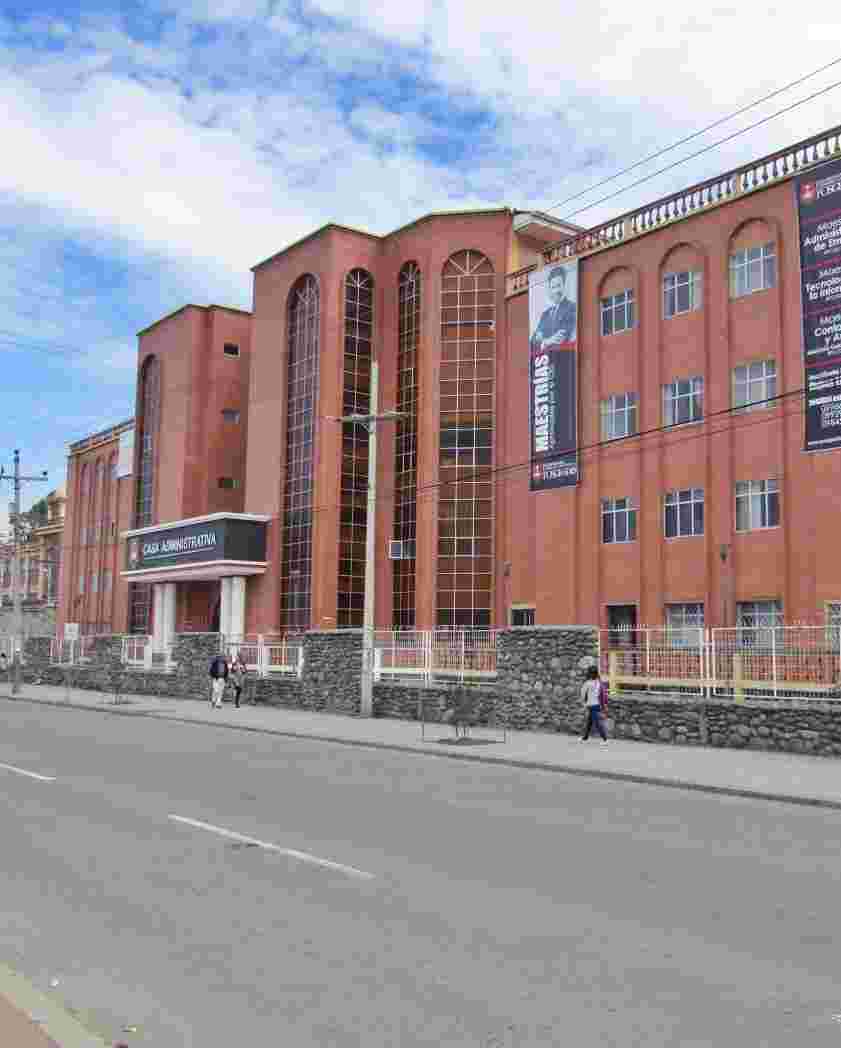Examinando por Autor "Calle Gutiérrez, María Silvana"
Mostrando 1 - 5 de 5
- Resultados por página
- Opciones de ordenación
Ítem Acceso Abierto Alternativas para el manejo farmacológico de la diabetes mellitus tipo II, en pacientes adultos con inadecuada respuesta a la monoterapia. Revisión sistemática(Universidad Católica de Cuenca., 2023) García Herrera, Carlos Andrés; Calle Gutiérrez, María Silvana; 0302302864; ., .Background: Diabetes Mellitus control involves pharmacological measures, mainly based on monotherapy, that often do not meet the proposed objectives; therefore, multiple therapies are often necessary after monotherapy failure. General objective: To analyze the evidence of pharmacological management alternatives for Diabetes Mellitus Type II in adult patients with inadequate response to monotherapy to establish an informed criterion on using alternative therapies versus monotherapy. Methods: A systematic and qualitative review study was conducted through the PRISMA method. Results: It was evidenced that GLP-1 analog usage as an adjunct to metformin was associated with a significant reduction in fasting plasma glucose and HbA1c. The study by Handelsman et al. (2019) in patients who had consumed metformin, revealed a decrease in HbA1c when applying the triple therapy of Dapagliflozin plus Saxagliptin and Metformin compared to the one based on Sitagliptin plus Metformin, with a reduction of -1.41 ± 0.007 % versus -1.07 ± 0.07 % respectively. Conclusions: Multiple therapies are necessary for controlling Diabetes Mellitus, and using GLP-1 analogs as part of this therapy was associated with greater therapeutic safety and better glycemic results.Ítem Acceso Abierto Eficacia de la Liraglutida vs. Semaglutida en función a la pérdida de peso en adultos no diabéticos(Universidad Católica de Cuenca., 2024) Loyola Altamirano, Leslie Xiomara; Calle Gutiérrez, María Silvana; 0301972303Glucagon-like peptide-1 (GLP-1) receptor agonist analogs not only have hypoglycemic effects but also promote weight loss. Recent studies have demonstrated their efficacy in achieving significant weight reduction at optimal therapeutic doses. This study compares the efficacy of Liraglutide and Semaglutide for weight loss in non-diabetic adults. Materials and Methods: A comprehensive literature review was conducted following the PRISMA guidelines. This analytical, critical, and congruent study is based on scientific research published in leading academic databases, specifically PubMed and Scopus. Results: The study verified that GLP-1 agonists, particularly Liraglutide and Semaglutide, significantly enhance weight loss when combined with behavioral changes and physical exercise. Semaglutide 2.4 mg administered subcutaneously once weekly resulted in approximately 17% body weight reduction compared to up to 7% with Liraglutide 3.0 mg administered subcutaneously daily. Conclusions: It was concluded that among the GLP-1 agonists studied, Semaglutide 2.4 mg weekly is the most effective for weight loss and offers a more convenient weekly administration. Additionally, weight loss benefits should be combined with behavioral therapy and regular aerobic exercise to mitigate long-term rebound effects. Keywords: Weight loss, GLP-1 agonists, Liraglutide, Semaglutide, non-diabetics.Ítem Acceso Abierto Estudio descriptivo de las características clínicas y hallazgos radiográficos en acromegalia. Revisión Sistemática(Universidad Católica de Cuenca., 2023) Vintimilla Cantos , Juan Andrés; Calle Gutiérrez, María Silvana; 1724244536Background: Describing the clinical characteristics and radiographic findings. Acromegaly is characterized as a chronic condition. Analyzing the most effective diagnostic methods is crucial since the diagnosis is often delayed. Detailing the local manifestations of acromegaly patients leads the physician to consider different etiologies. Therefore, the diagnosis of acromegaly often takes approximately 4 to 10 years. Methods: Articles with a qualitative focus responding to the research question were used as descriptive and analytical literature review papers Scientific articles published in the last five years in English and Spanish were obtained from scientific search platforms including PubMed, SciELO, Google NCBI, ScienceDirect, and Scopus. Results: Twenty-six studies that met the eligibility criteria concerning clinical aspects and diagnosis of acromegaly were included and analyzed. The aim was to obtain tools and knowledge to identify a patient with this condition. A descriptive approach was used to pose diagnostic methods and the clinical characteristics of the disease, supported by scientific articles. Discussion: It is necessary to delve deeper as there has been a lack of updated information recently, strategies for prevention should be established, and policies should be developed to help reduce the prevalence and incidence of uncontrolled acromegaly in adult patients, thus avoiding long-term complications.Ítem Acceso Abierto Etiología, Diagnóstico y Tratamiento de la resistencia a la insulina. Revisión Sistemática(Universidad Católica de Cuenca., 2024) Coronel González, Carla Raquel; Calle Gutiérrez, María Silvana; 0302120050Background: Insulin resistance is a condition that causes an increase in blood glucose levels. Insulin was discovered in 1920 and is responsible for regulating serum glucose levels. Objective: To describe insulin resistance and explore its etiology, pathophysiology, diagnosis, and treatment through a systematic review of scientific studies published in the last five years. Methodology: A qualitative, descriptive, and inductive research approach was conducted, complying with the characteristics of clinical trials, systematic reviews, meta-analyses, observational, descriptive, cross-sectional, retrospective, longitudinal, and intervention studies in Spanish and English. Data were sourced from digital databases such as PubMed, Cochrane, LILACS, and SciELO. Study selection, main findings extraction, and bias assessment were performed based on the PRISMA 2020 guidelines. Results: Twenty-five studies were included that met the criteria for analyzing the etiology, pathophysiology, diagnosis, and treatment of insulin resistance. Conclusions: Unhealthy habits and lifestyles represent 56% of the etiology; the most used diagnostic method is fasting glucose, with 32% due to its easy accessibility. Non-pharmacological measures are promoted for treatment in 68% of cases, indicating a high degree of alignment with current practices. Keywords: insulin resistance, etiology, diagnosis and treatmentÍtem Solo Metadatos Incidencia de infecciones respiratorias agudas en menores de 5 años hospitalizados en el área de pediatría del hospital Civil San vicente de Paúl enero- diciembre 2012(Universidad Católica de Cuenca. Facultad de medicina, 2013) Calle Gutiérrez, María Silvana; Zamora, Cecilia; 302220074




